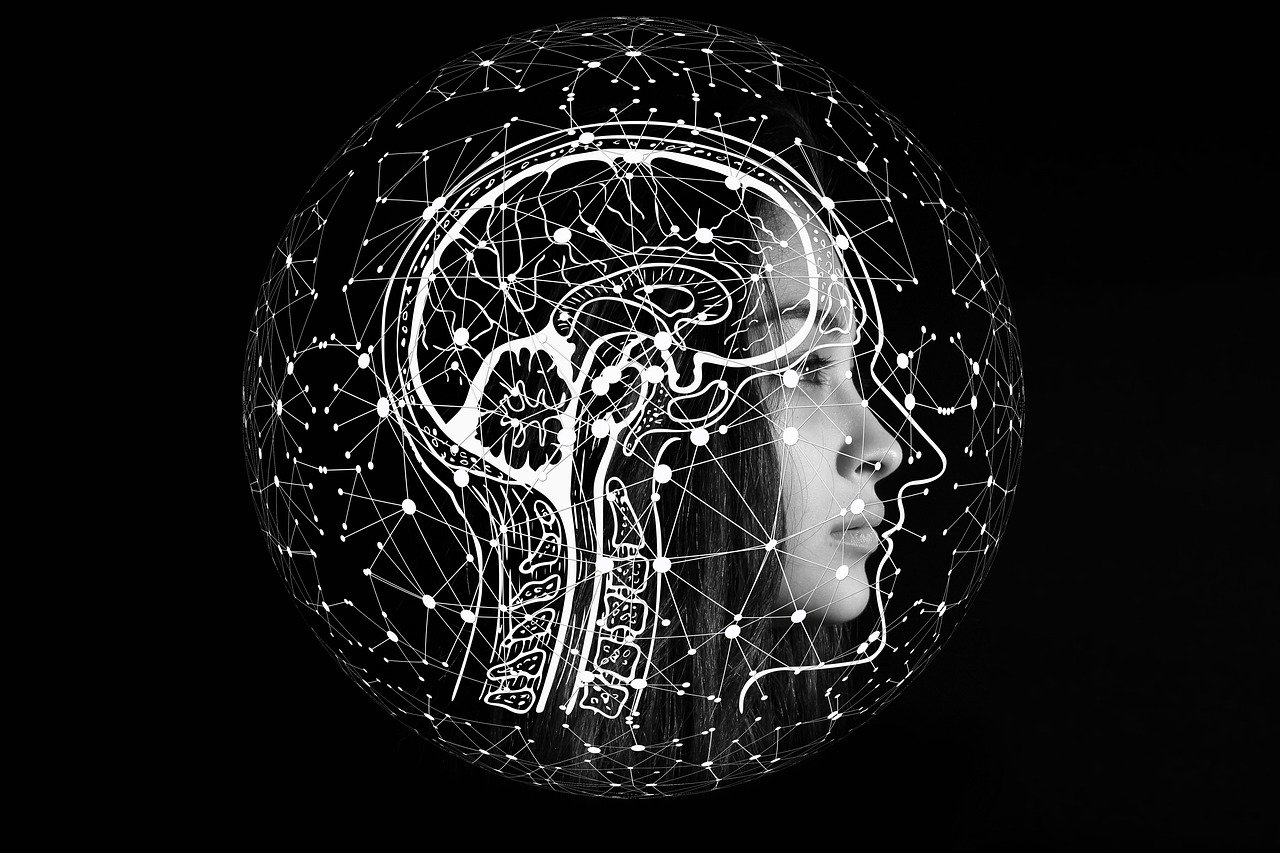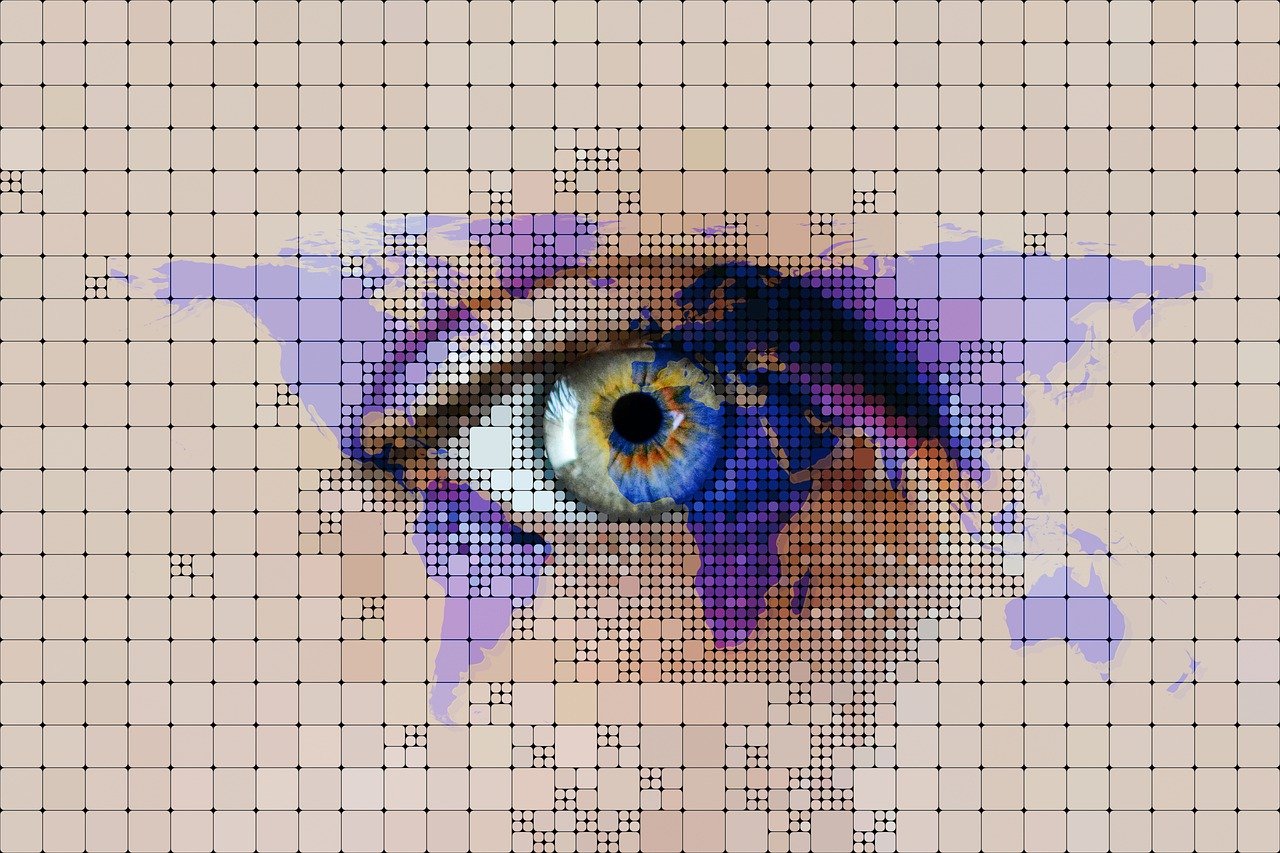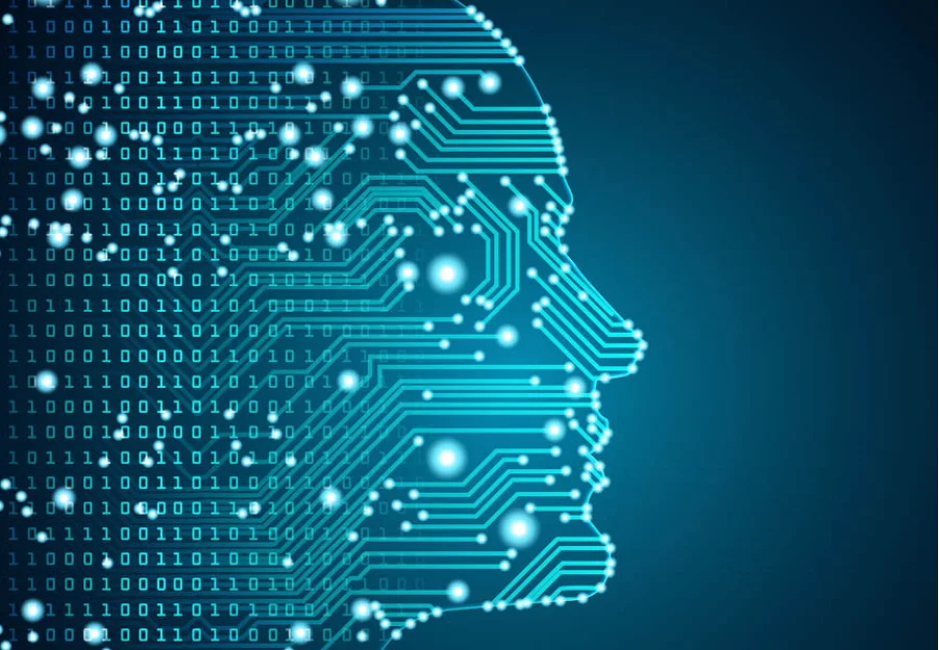No products in the basket. Add Products
A Brain Fingerprint: Study Uncovers Unique Brain Plasticity in People Born Blind
Neuroscientists reveal that the part of the brain that receives and processes visual information in sighted people develops a unique connectivity pattern in people born blind. They say this pattern in the primary visual cortex is unique to each person -- akin to a fingerprint.










